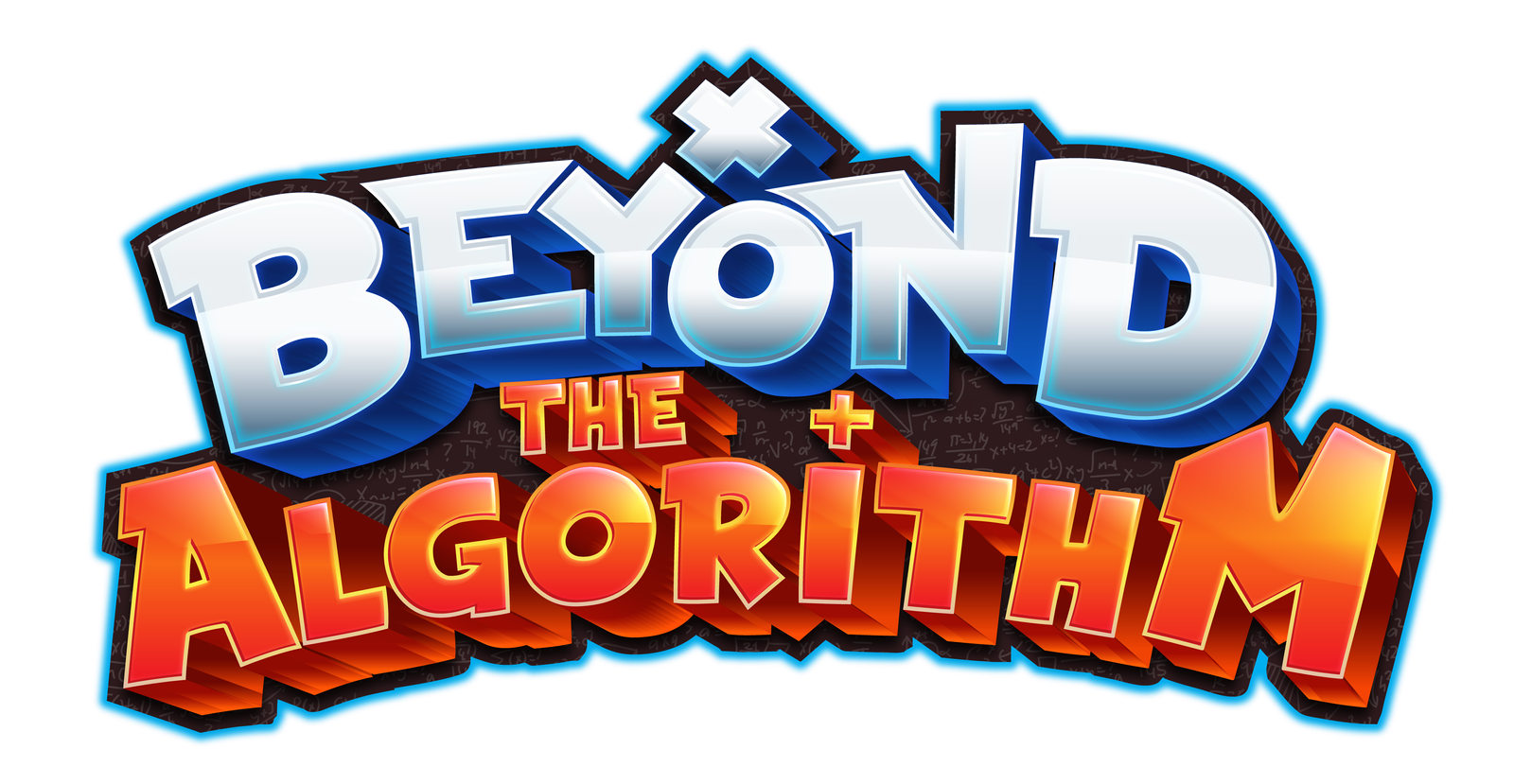NUMBER OUTCOME 4.1
Demonstrate an understanding of whole numbers to 10 000 (pictorially, physically, orally, in writing, and symbolically).
Demonstrate an understanding of whole numbers to 10 000 (pictorially, physically, orally, in writing, and symbolically) by:
- representing
- describing
- comparing two numbers
- ordering three or more numbers.
NUMBER OUTCOME 4.2
Demonstrate an understanding of addition of whole numbers with answers to 10 000 and their corresponding subtractions (limited to 3 and 4-digit numerals).
Demonstrate an understanding of addition of whole numbers with answers to 10 000 and their corresponding subtractions (limited to 3 and 4-digit numerals) by:
- using personal strategies for adding and subtracting
- estimating sums and differences
- solving problems involving addition and subtraction.
NUMBER OUTCOME 4.3
Demonstrate an understanding of multiplication of whole numbers (limited to numbers less than or equal to 10).
Demonstrate an understanding of multiplication of whole numbers (limited to numbers less than or equal to 10) by:
- applying mental mathematics strategies
- explaining the results of multiplying by 0 and 1
NUMBER OUTCOME 4.4
Demonstrate an understanding of multiplication (2- or 3-digit by 1-digit).
Demonstrate an understanding of multiplication (2- or 3-digit by 1-digit) by:
- using personal strategies for multiplication, with and without concrete materials
- using arrays to represent multiplication
- connecting concrete representations to symbolic representations
- estimating products
- solving problems.
NUMBER OUTCOME 4.5
Demonstrate an understanding of division (1-digit divisor and up to 2-digit dividend) to solve problems.
Demonstrate an understanding of division (1-digit divisor and up to 2-digit dividend) to solve problems by:
- using personal strategies for dividing with and without concrete materials
- estimating quotients
- explaining the results of dividing by 1
- solving problems involving division of whole numbers
- relating division to multiplication.
NUMBER OUTCOME 4.6
Demonstrate an understanding of fractions less than or equal to one by using concrete and pictorial representations.
Demonstrate an understanding of fractions less than or equal to one by using concrete and pictorial representations to:
- name and record fractions for the parts of a whole or a set
- compare and order fractions
- model and explain that for different wholes, two identical fractions may not represent the same quantity
- provide examples of where fractions are used.
NUMBER OUTCOME 4.7
Demonstrate an understanding of decimal numbers in tenths and hundredths (pictorially, orally, in writing, and symbolically).
Demonstrate an understanding of decimal numbers in tenths and hundredths (pictorially, orally, in writing, and symbolically) by:
- describing
- representing
- relating to fractions.
NUMBER OUTCOME 4.8
Demonstrate an understanding of addition and subtraction of decimals limited to hundredths (concretely, pictorially, and symbolically).
Demonstrate an understanding of addition and subtraction of decimals limited to hundredths (concretely, pictorially, and symbolically) by:
- using compatible numbers
- estimating sums and differences
- using mental math strategies
- solving problems.
PATTERN & RELATIONS OUTCOME 4.1
Demonstrate an understanding of patterns and relations.
Demonstrate an understanding of patterns and relations by:
- identifying and describing patterns and relations in a chart, table or diagram
- reproducing patterns and relations in a chart, table, or diagram using manipulatives
- creating charts, tables, or diagrams to represent patterns and relations
- solving problems involving patterns and relations
PATTERN & RELATIONS OUTCOME 4.2
Demonstrate an understanding of equations involving symbols to represent an unknown value.
Demonstrate an understanding of equations involving symbols to represent an unknown value by:
- writing an equation to represent a problem
- solving one step equations.
SHAPE & SPACE OUTCOME 4.1
Demonstrate an understanding of time.
Demonstrate an understanding of time by:
- reading and recording time using digital and analog clocks (including 24 hour clocks)
- reading and recording calendar dates in a variety of formats.
SHAPE & SPACE OUTCOME 4.2
Demonstrate an understanding of area of regular and irregular 2-D shapes.
Demonstrate an understanding of area of regular and irregular 2-D shapes by:
- recognizing that area is measured in square units
- selecting and justifying referents for the units cm² or m²
- estimating area by using referents for cm² or m²
- determining and recording area (cm² or m²)
- constructing different rectangles for a given area (cm² or m²) in order to demonstrate that many different rectangles may have the same area.
SHAPE & SPACE OUTCOME 4.3
Demonstrate an understanding of rectangular and triangular prisms.
Demonstrate an understanding of rectangular and triangular prisms by:
- identifying common attributes
- comparing
- constructing models.
SHAPE & SPACE OUTCOME 4.4
Demonstrate an understanding of line symmetry.
Demonstrate an understanding of line symmetry by:
- identifying symmetrical 2-D shapes
- creating symmetrical 2-D shapes
- drawing one or more lines of symmetry in a 2-D shape.
STATISTICS & PROBABILITY OUTCOME 4.1
Demonstrate an understanding of many-to-one correspondence.
Demonstrate an understanding of many-to-one correspondence by:
- comparing correspondences on graphs
- justifying the use of many-to-one correspondences
- interpreting data shown using a many-to-one correspondence
- creating bar graphs and pictographs using many-to-one correspondence.
- Slow Reveal Pictograph: Water Usage
- Slow Reveal Pictograph: Dinosaur Fossil Find
- Slow Reveal Pictograph: Deadly Animals
- Slow Reveal Bar Graph: How Many Teeth
- Slow Reveal Bar Graph: How Long Can Animals Hold Their Breath Underwater?
- Slow Reveal Bar Graph: Horns
- Slow Reveal Bar Graph: Worldwide Box Office
- Slow Reveal Line Graph: Rhino Poaching
- Slow Reveal Line Graph: Film Genre Popularity
- Slow Reveal Line Graph: Daily Screen Time (US)
